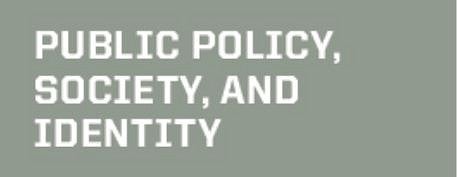
The New York Times 1619 project asks us to consider an alternate timeline of American history, one that begins not with the signing of the Declaration of Independence but with the first enslaved Africans who were forcibly brought to the American colonies in the seventeenth century. Doing so helps us understand how pervasive racism and repression have been throughout our country’s history. But what the 1619 project leaves out is that resistance has been an equally important and powerful part of American history. Slave revolts in the seventeenth and eighteenth century were followed by a robust civil rights movement that spanned the twentieth century and, as we witnessed this summer in protests against police brutality, continue unabated today. This FIG will focus on a group project in which we all collectively work on a timeline of American history that highlights both the long history or racial repression and resistance. Students interested in understanding histories of race, racism, and how people have challenged both will be well served by enrolling in this FIG.
Students explore the intersection of topics by taking the following course package:
UGST 109 First-Year Experience Seminar - 1-credit
HIST 202 United States II: Building the U.S. - CoreEd or major satisfying course, 4-credits
Creation and development of the United States and its social, economical, political, and cultural consequences. Jacksonian era, expansion, commercial and industrial revolution, slavery, Civil War, Reconstruction, Gilded Age, imperialism, and the Progressive Era.
ES 101 Introduction to Ethnic Studies - CoreEd or major satisfying course, 4-credits
Will present to students how race and racism shape the world, both in the past and in the present. Multidisciplinary study focusing on Americans of African, Asian, Latino, and Native American descent. Topics include group identity, language in society and culture, forms of resistance, migration, and social oppression. Will provide students with the ability to critically analyze today’s racial climate.
FIG Theme:



